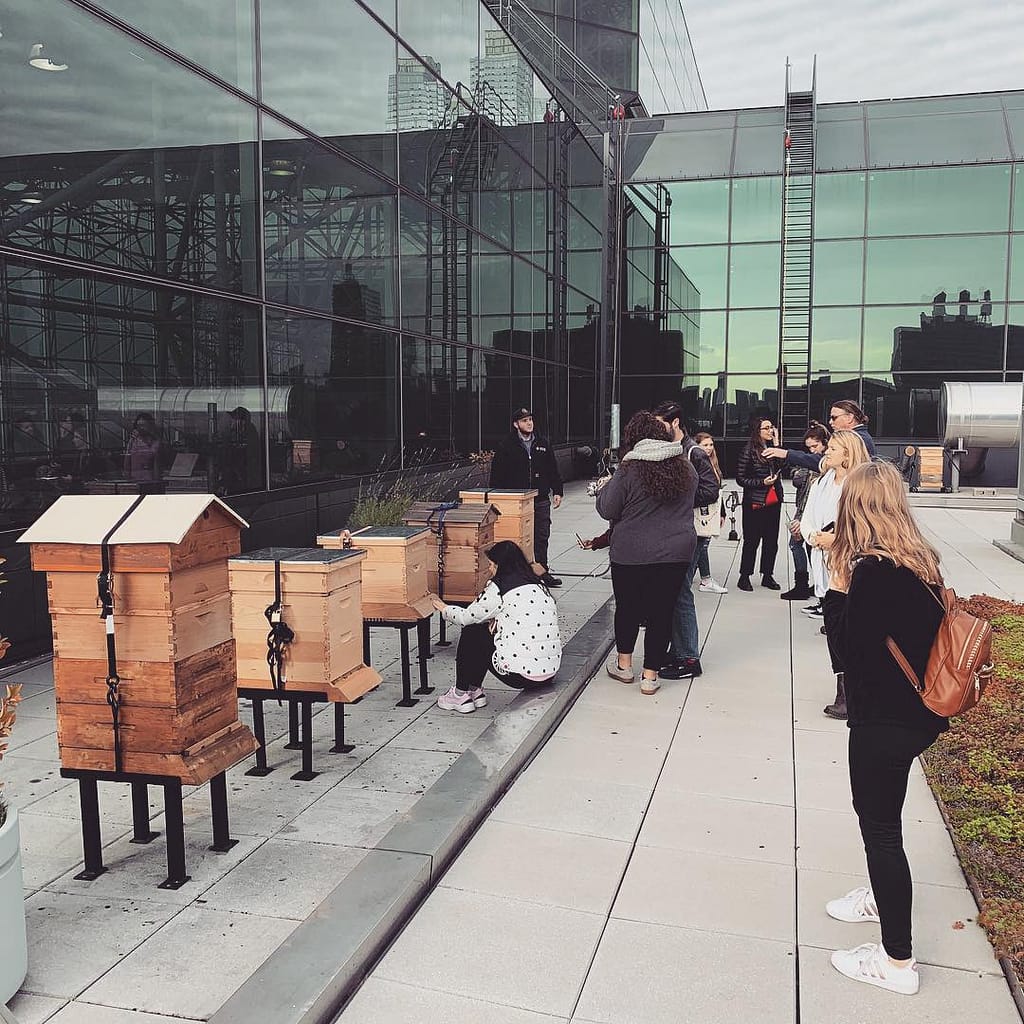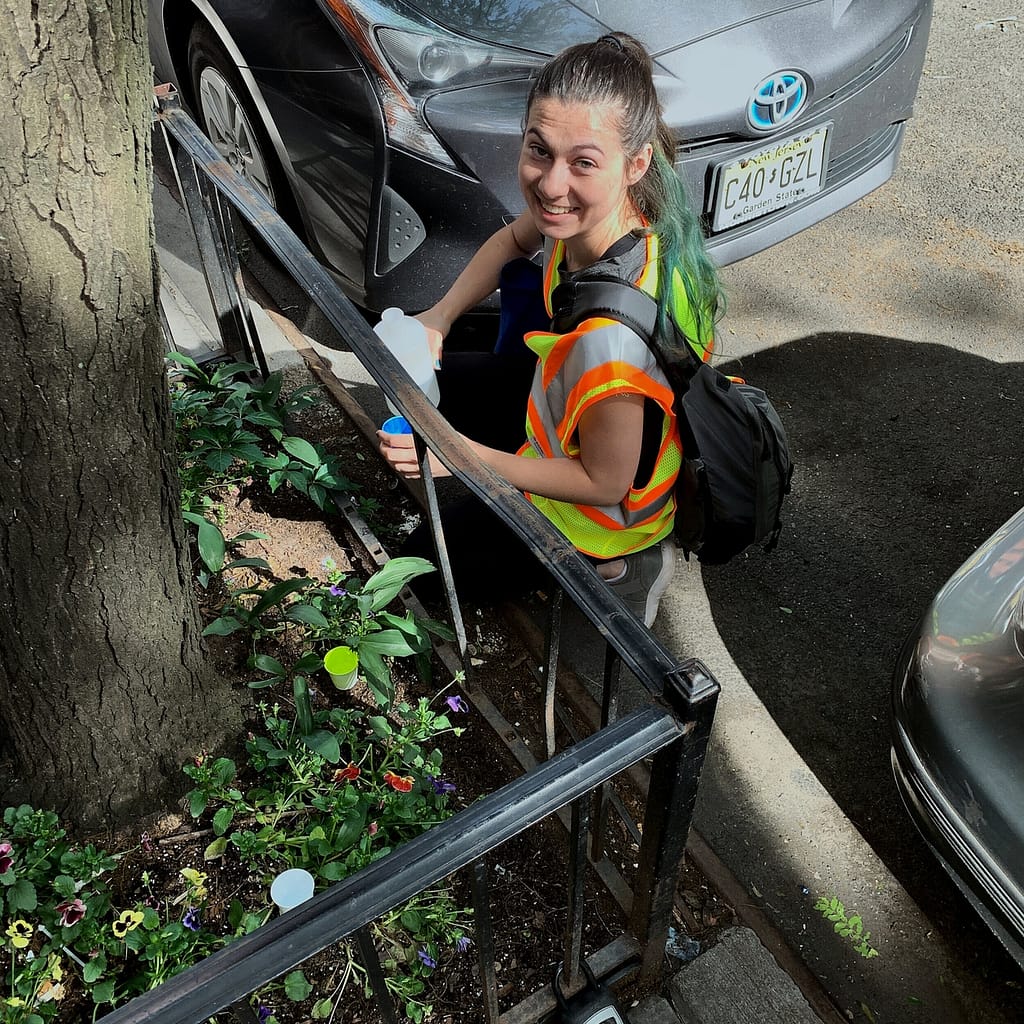Modeling pollinator dispersal in New York City (aka “Bug Roads”)
Insect pollinators (e.g., bees and butterflies) are important components of natural ecosystems and green spaces are important for the maintenance of pollinator biodiversity. However, green spaces are not evenly distributed in New York City and there are potential barriers, like buildings, to pollinator movement. These factors may make it harder for pollinators to find those green spaces.
Using GIS software and shortest-distance algorithms (think Google Maps), we are modeling the distance insects need to travel between points in the city and green spaces while also navigating building-lined streets. We are calling these paths “bug roads” and we are using this information to identify important green spaces (shortest bug roads) and viability of locations for pollinator houses and urban bee hives throughout the five boroughs, starting with Manhattan.


Green spaces in cities are import for many reasons, including providing a bit of nature for city residents and providing ecosystem services that have previously been lost through the process of urbanization. These services include climate control, stormwater management, and carbon sequestration. Biodiversity is also a ecosystem service, providing things like pollination and pest control.
A lot of attention has been given to large green areas like city parks. Urban farms and green roofs are also increasing in popularity. However, little is known about the function of micro-green spaces like tree pits for supporting biodiversity. This project aims to describe insect communities in tree pits throughout New York City and assess their potential for providing ecosystem services.
Urban rooftop gardens as green roofs
Urban green roofs play an important role in combating the effects of climate change and improving urban ecosystem function. However, green roofs are expensive to retrofit onto buildings and therefore are not evenly distributed throughout cities. Already existing, small rooftop or terrace gardens, not ostensibly designed as green roofs, may provide some of these ecosystem services and could help connect and expand the growing network of green roofs in cities.
The aim of this study was to determine the current status of the Lowerre Family Terrace at Marymount Manhattan College as a small intensive green roof in New York City. Plant richness and abundance on the terrace were assessed and soil temperature, air temperature, and light intensity were measured using HOBO data loggers.

Impact of public transportation on urban green space distribution and access

Green spaces in cities are import for many reasons, including providing a bit of nature for city residents and providing ecosystem services that have previously been lost through the process of urbanization.
We hypothesize that large green spaces are more abundant in neighborhoods with more subway stops, which may also be areas of high commuter and tourist traffic as compared to more residential neighborhoods with fewer subway stops. Open geographical and demographic data obtained from official New York State government databases were mapped and analyzed using QGIS.
Maps were used to compare the distribution of parks and public transit in the 12 community districts in Manhattan. Variables included total area of parks, total number of subway stops and stations, proportion of area composed of parks, and proportion of stops within 100 meters of a park.
Honey bee gut microbiome
It has been widely demonstrated that urbanization greatly biodiversity of microorganisms, typically by reducing overall species richness and increasing the abundance of a few species that thrive in urban environments. Microorganisms also experience urbanization and their diversity may also be impacted, but fewer studies have assessed this.
The lab will be looking at the diversity of microorganisms in the guts of Apis mellifera, the European honeybee living in New York City and comparing that to those living in suburban and rural habitats in Westchester County. We hope to eventually expand this to native pollinators and other species of insects.
